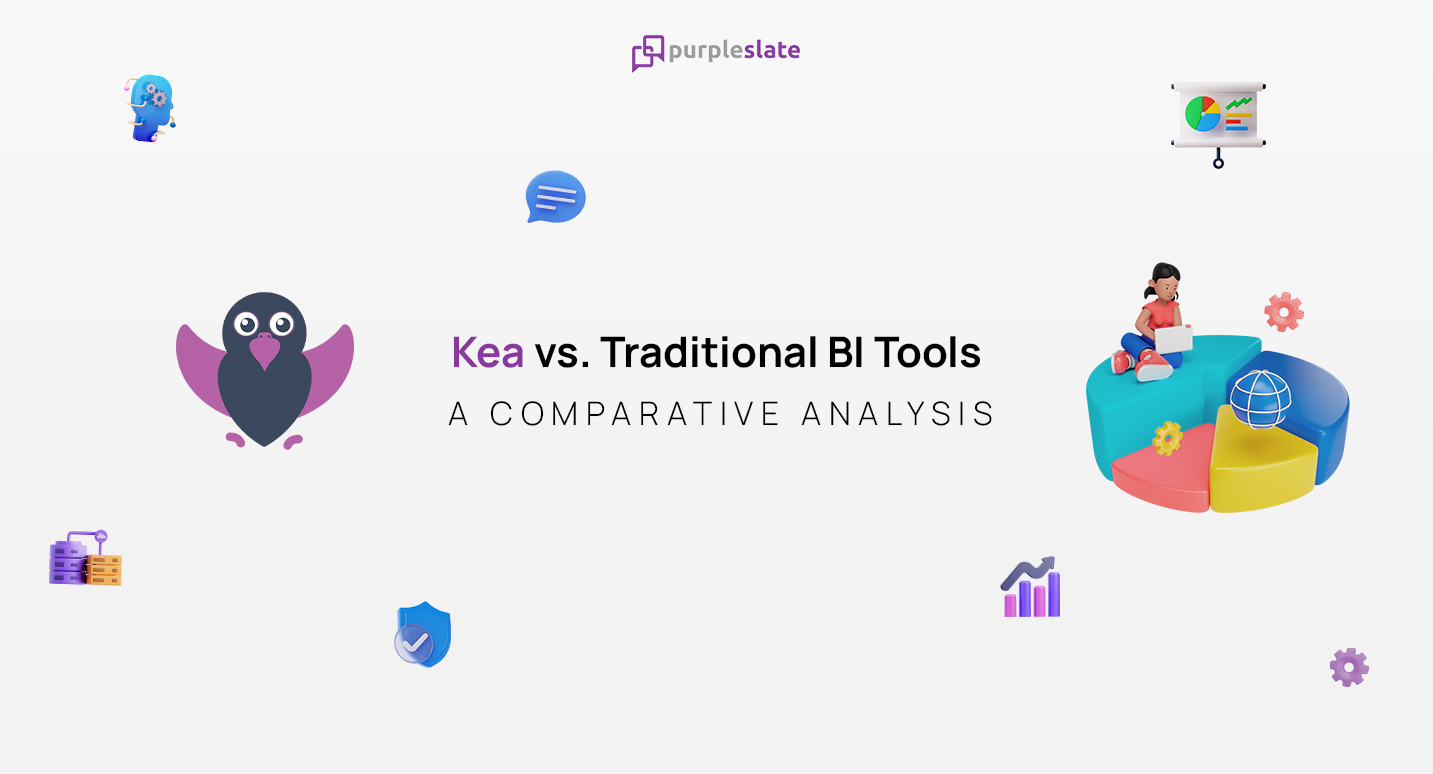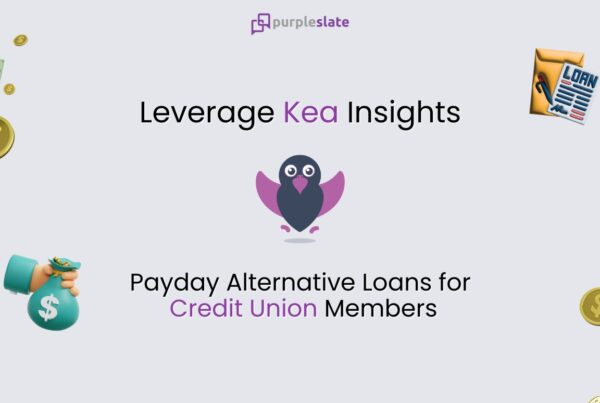
Introduction
The landscape of business intelligence (BI) is always changing as new technologies take enterprises by surprise in the ways they may harness and analyze their data. One such innovation is Kea, a cloud-based software application that offers Conversational BI capabilities, revolutionizing the way users interact with data. In this blog post, we’ll delve into a comparative analysis of Kea and traditional BI tools, exploring their features, benefits, and how they stack up against each other in empowering data-driven decision making.
Understanding Traditional BI Tools
Traditionally, BI tools have been characterized by their complex interfaces, rigid querying mechanisms, and reliance on IT specialists or data analysts to extract insights. These tools typically require users to have a deep understanding of database structures, SQL queries, and data modeling concepts, making them inaccessible to non-technical users.
While traditional BI tools excel in providing powerful analytics and robust reporting capabilities, they often suffer from usability issues and limited interactivity. Users must follow predefined workflows and query structures, limiting their ability to explore data freely and derive insights on-the-fly.
The Rise of Kea: A New Era of Business Intelligence
In contrast, Kea represents a paradigm shift in BI, offering a more intuitive, user-friendly approach to data analysis. At its core, Kea leverages natural language processing (NLP) and conversational interfaces to enable users to interact with their data using everyday language. This conversational approach eliminates the need for complex query languages or technical expertise, democratizing access to data across the organization.
With Kea, users can simply ask questions in plain English and receive immediate responses, along with contextual insights and visualizations to aid decision-making. Whether it’s analyzing sales trends, monitoring KPIs, or exploring customer behavior, Kea empowers users to uncover valuable insights without the barriers of traditional BI tools.
Comparative Analysis: Kea vs. Traditional BI Tools
Now, let’s compare Kea and traditional BI tools across various dimensions to understand their relative strengths and weaknesses:
1. Ease of Use
Traditional BI tools often require specialized training and expertise to use effectively, as users need to be familiar with query languages and report-building techniques. In contrast, Kea’s conversational interface makes it easy for users to interact with data using natural language queries, eliminating the need for extensive training and technical knowledge.
2. Speed and Efficiency
Traditional BI tools can be slow and cumbersome when it comes to analyzing large datasets, as they often require users to manually input queries and wait for reports to be generated. Kea, on the other hand, leverages advanced algorithms to analyze data quickly and efficiently, providing real-time insights in a fraction of the time it would take using traditional methods.
3. Flexibility and Adaptability
Traditional BI tools are typically designed to work with structured data and predefined reports, limiting their flexibility and adaptability to changing business needs. Kea, on the other hand, is capable of analyzing unstructured data and understanding complex queries, making it more versatile and adaptable to a wide range of use cases and industries.
4. Personalization and Contextual Understanding
One area where Kea excels is in its ability to provide personalized insights tailored to the user’s specific needs and preferences. Traditional BI tools, while powerful, often lack the contextual understanding needed to deliver truly personalized insights, relying instead on predefined reports and dashboards.
Feature Comparison: Kea vs. Traditional BI
Let’s delve into a comparative analysis of the key features and capabilities of Kea versus traditional BI tools:
Natural Language Interface
Kea: Offers a conversational interface, allowing users to ask questions in natural language and receive answers in real-time.
Traditional BI: Relies on complex query languages and predefined reporting structures, requiring users to have technical expertise to extract insights.
Accessibility
Kea: Democratizes access to data, enabling users at all levels of the organization to engage with data-driven insights.
Traditional BI: Often requires users to undergo specialized training and rely on IT specialists or data analysts for data access and analysis.
Interactivity
Kea: Promotes interactivity and exploration, allowing users to ask follow-up questions and refine queries on-the-fly.
Traditional BI: Offers limited interactivity, with users confined to predefined reports and dashboards.
Contextual Insights
Kea: Provides contextual insights and visualizations alongside answers, aiding users in understanding the implications of the data.
Traditional BI: Primarily focuses on raw data analysis, with limited contextualization and interpretation.
Impact on Businesses
So, what does this all mean for businesses? The emergence of Kea represents a paradigm shift in the field of business intelligence, offering organizations a more intuitive, efficient, and personalized approach to data analysis. By leveraging Kea’s advanced capabilities, businesses can unlock the full potential of their data, make faster and more informed decisions, and gain a competitive edge in today’s rapidly evolving marketplace.
Conclusion
The comparative analysis highlights the transformative impact of Kea in reshaping the landscape of Business Intelligence. By offering a conversational interface, democratizing access to data, and providing contextual insights, Kea empowers organizations to unlock the full potential of their data and drive informed decision-making.
While traditional BI tools have their place in the analytics ecosystem, Kea represents the next frontier in BI, offering a more intuitive, accessible, and collaborative approach to data analysis. As organizations continue to prioritize data-driven decision making, Kea stands poised to lead the charge towards a more data-centric future.




